Animals who starred in major historic events
History is filled with tales of courageous individuals, but some of its most intriguing figures are not human at all. These unsung heroes come in all shapes and sizes, from furry friends to feathered flyers. While their stories might not be etched in textbooks, their contributions have been invaluable. Join us as we delve into the fascinating world of these remarkable animals who have left paw prints, hoof marks, and claw imprints on the pages of history.
Laika: The First Animal in Space
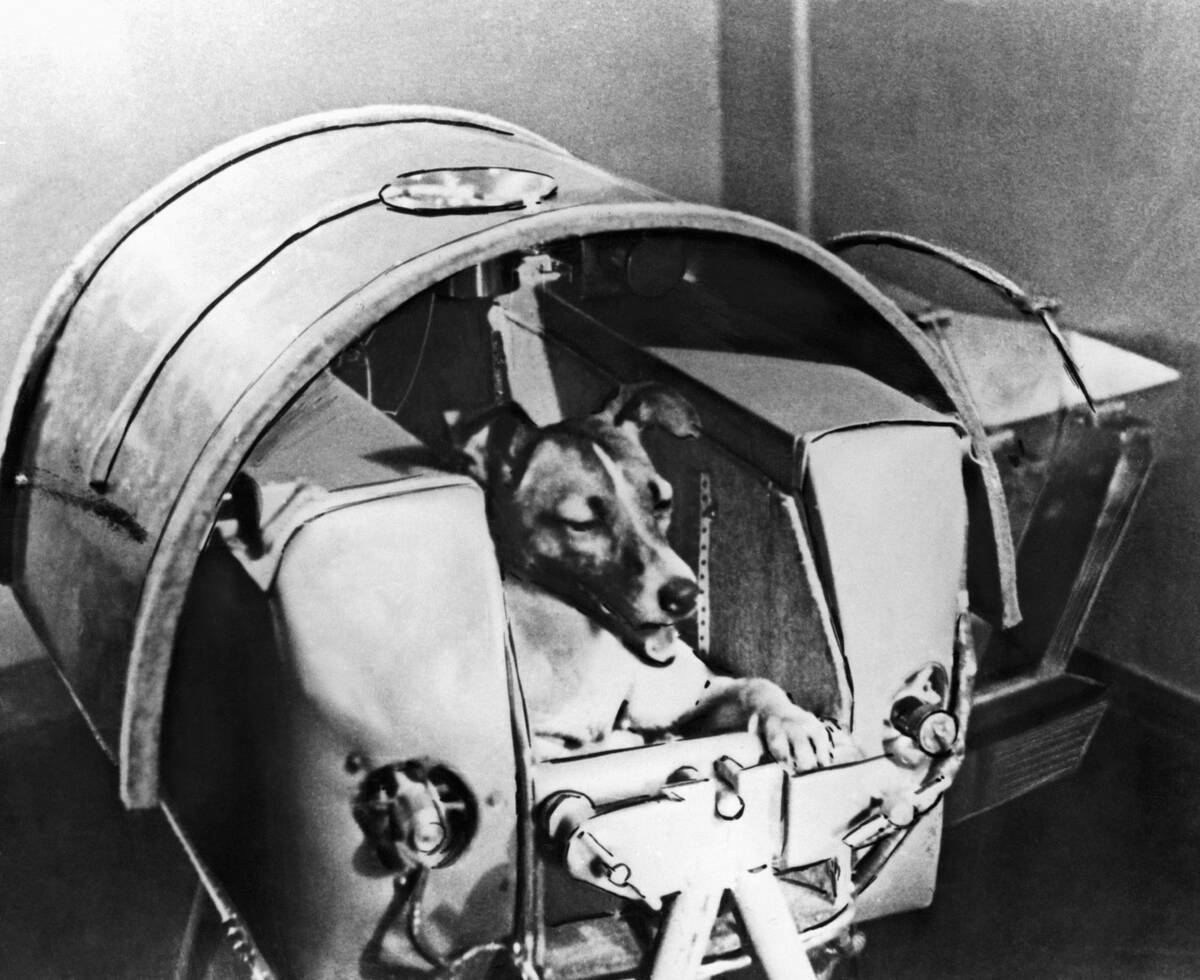
In 1957, a stray dog from the streets of Moscow became an international icon. Laika, a small terrier mix, was the first animal to orbit Earth aboard the Soviet spacecraft Sputnik 2. Despite the mission being a one-way journey, Laika’s bravery captured the hearts of millions. Her journey paved the way for future human space exploration, showcasing the potential for living organisms to survive the harsh conditions of space. Laika’s legacy continues to inspire scientists and animal lovers alike.
Cher Ami: The Brave Messenger Pigeon of WWI
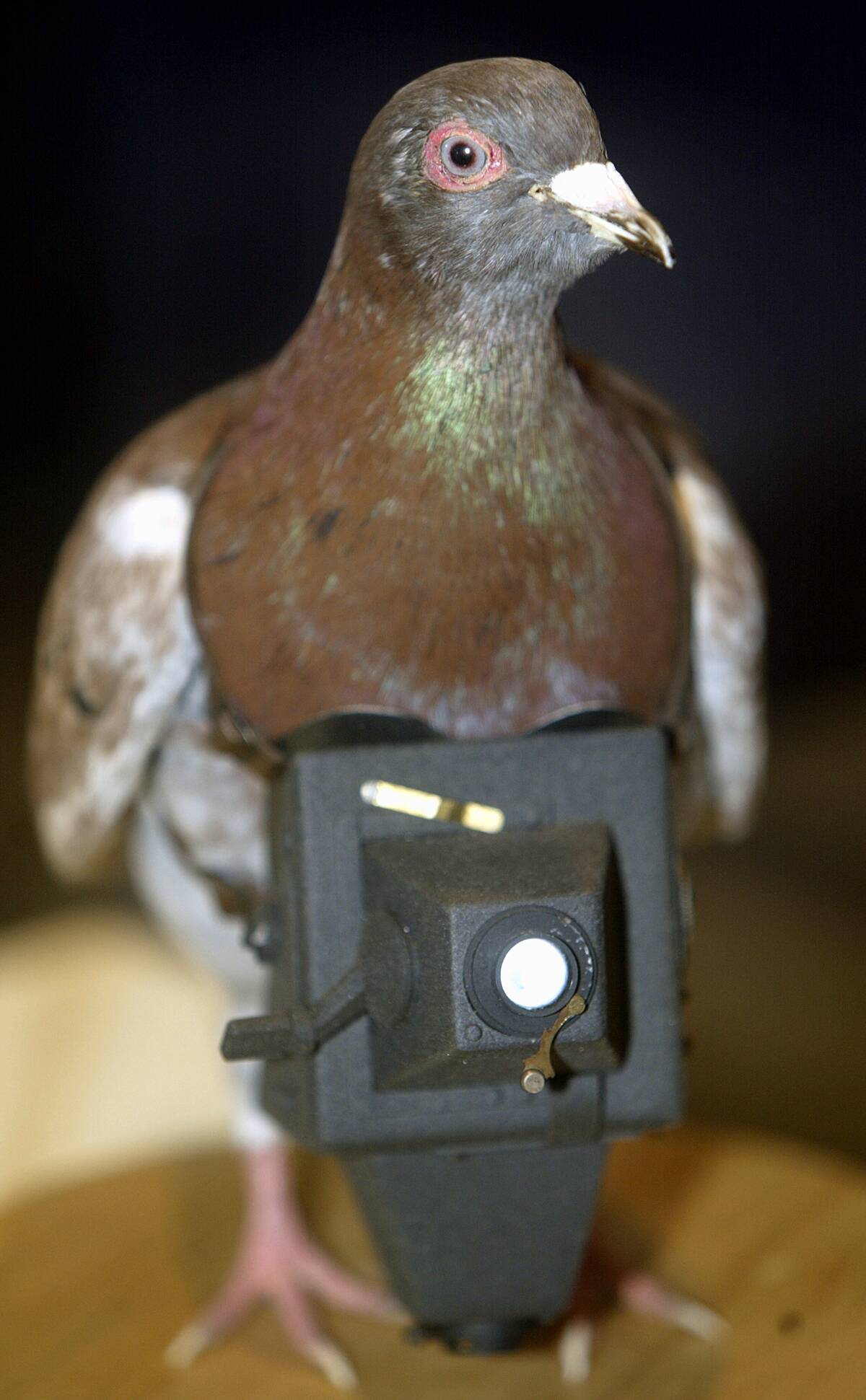
Cher Ami, a homing pigeon, played a crucial role in saving nearly 200 American soldiers during World War I. In 1918, she delivered a vital message despite being injured by enemy fire. Her determination and resilience earned her the French ‘Croix de Guerre’ for heroism. Cher Ami’s story highlights the significant role pigeons played as military messengers before modern communication technology. She was preserved and is now displayed at the Smithsonian Institution, a testament to her bravery.
Balto: The Sled Dog Who Saved Nome
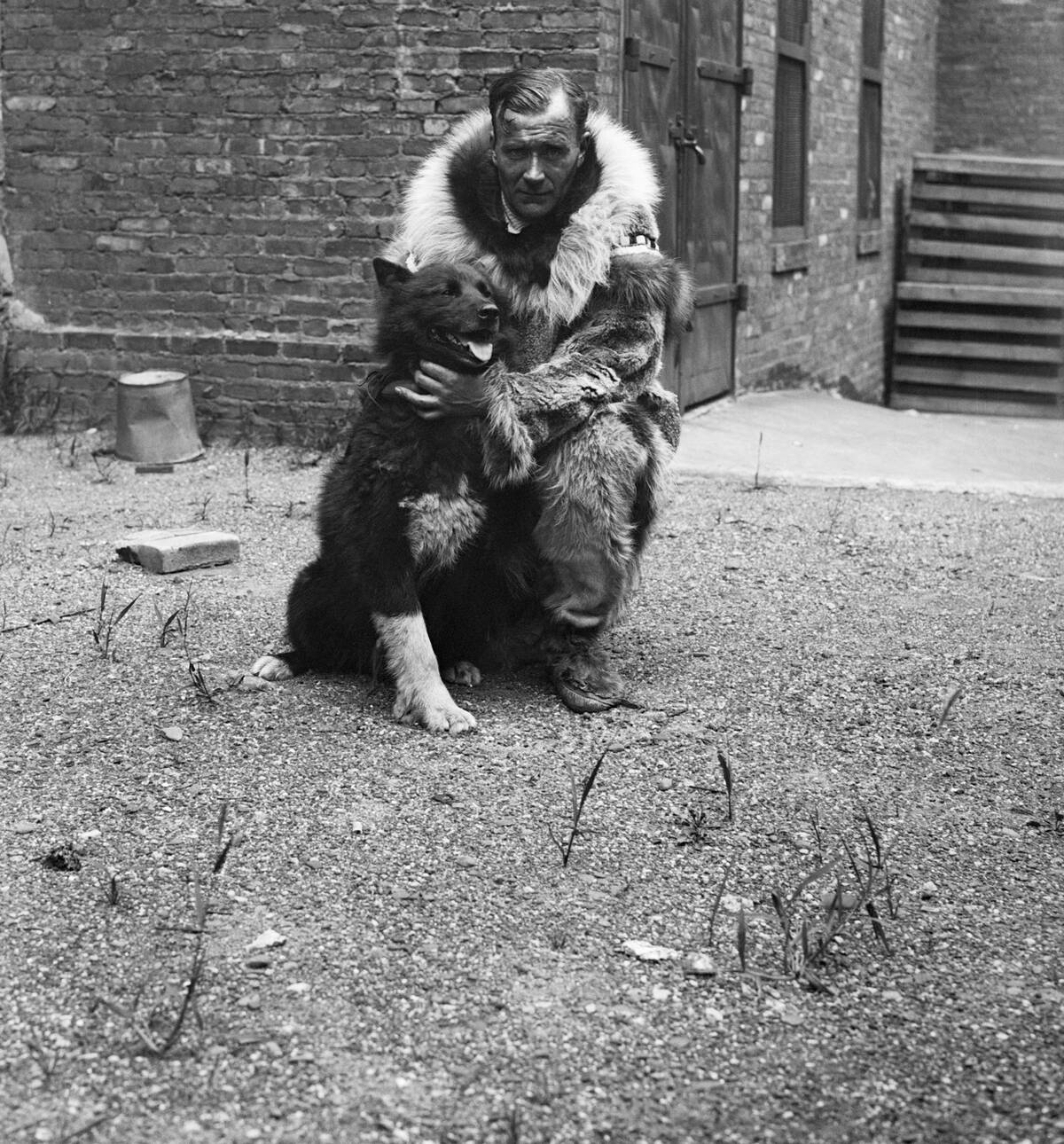
In the winter of 1925, a diphtheria outbreak threatened the isolated town of Nome, Alaska. Balto, a Siberian Husky, led a team of sled dogs across treacherous terrain to deliver lifesaving serum. The journey, known as the ‘Great Race of Mercy,’ covered over 600 miles in just five and a half days. Balto’s leadership and courage brought him national fame, and he remains an enduring symbol of determination and teamwork. His statue stands proudly in New York’s Central Park.
Wojtek: The Bear Soldier of WWII
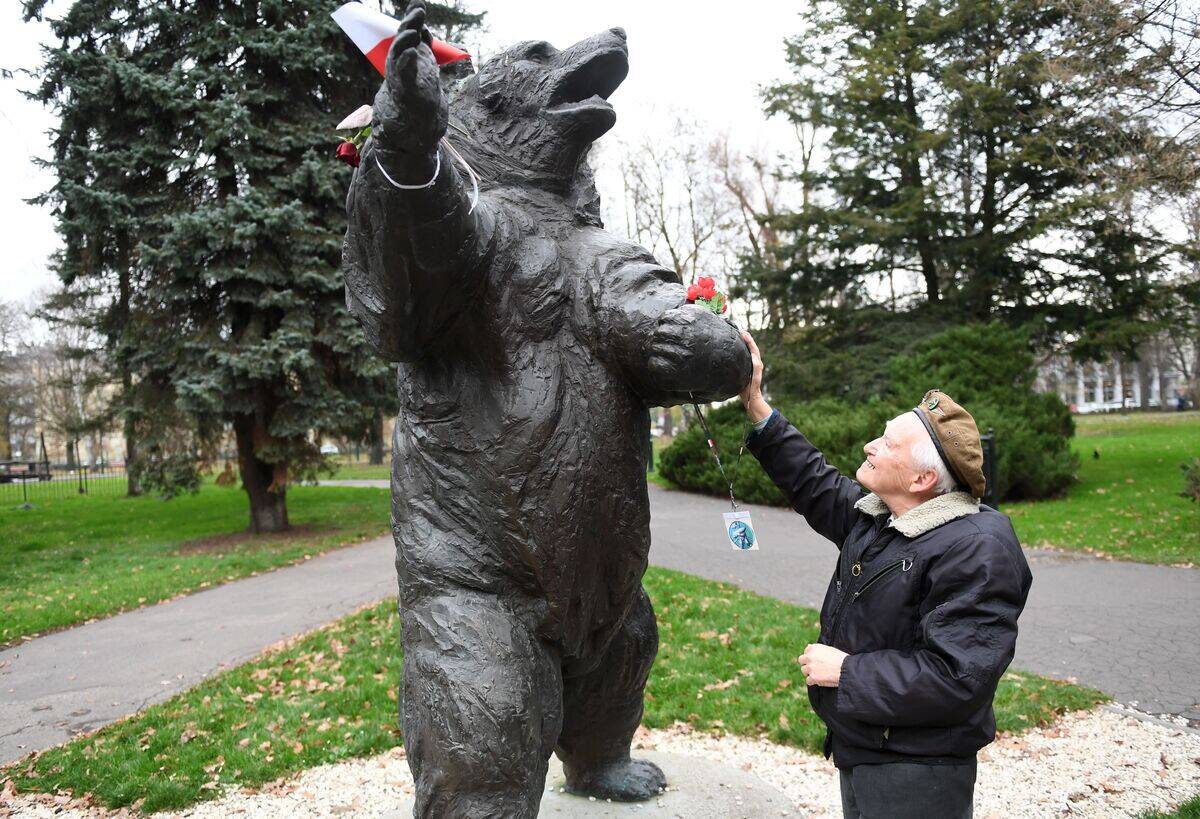
During World War II, a Syrian brown bear named Wojtek became an honorary soldier in the Polish Army. Adopted as a cub by Polish soldiers, Wojtek shared their journey through the Middle East and Europe. He assisted in carrying ammunition and lifted the spirits of troops with his playful nature. After the war, Wojtek retired in Scotland, where he lived out his days in a zoo. His story is a heartwarming reminder of the bonds formed during times of adversity.
Sergeant Stubby: The Most Decorated Dog of WWI
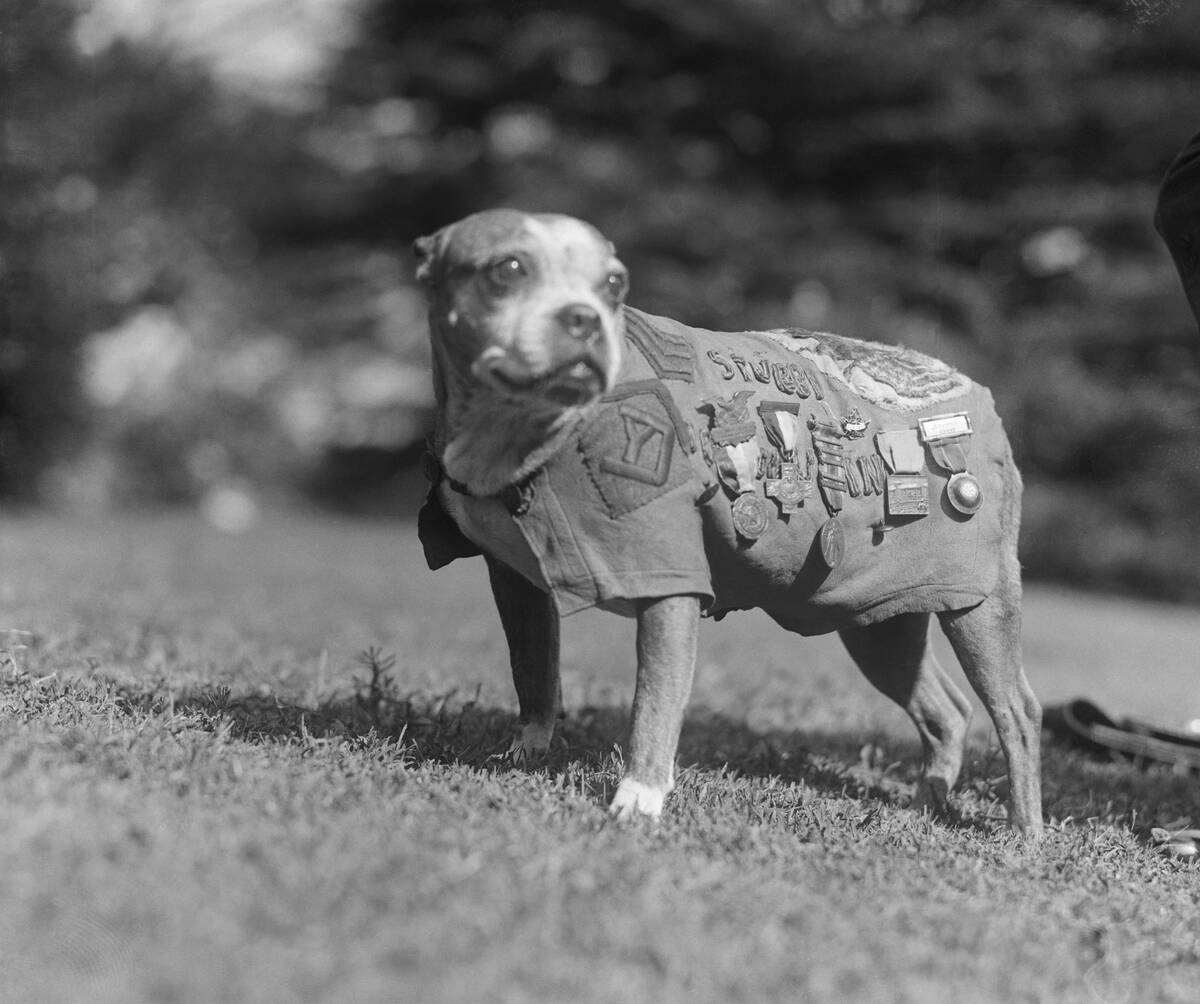
Sergeant Stubby, a Boston Terrier, served in the trenches of World War I and became the most decorated war dog of the conflict. He participated in 17 battles, warning soldiers of incoming gas attacks and locating wounded troops. Stubby’s keen senses and bravery earned him numerous medals and the rank of sergeant. His story is a testament to the loyalty and courage of canine companions in times of war, and he remains a beloved figure in military history.
The Monkeys of the Space Race: Ham and Enos
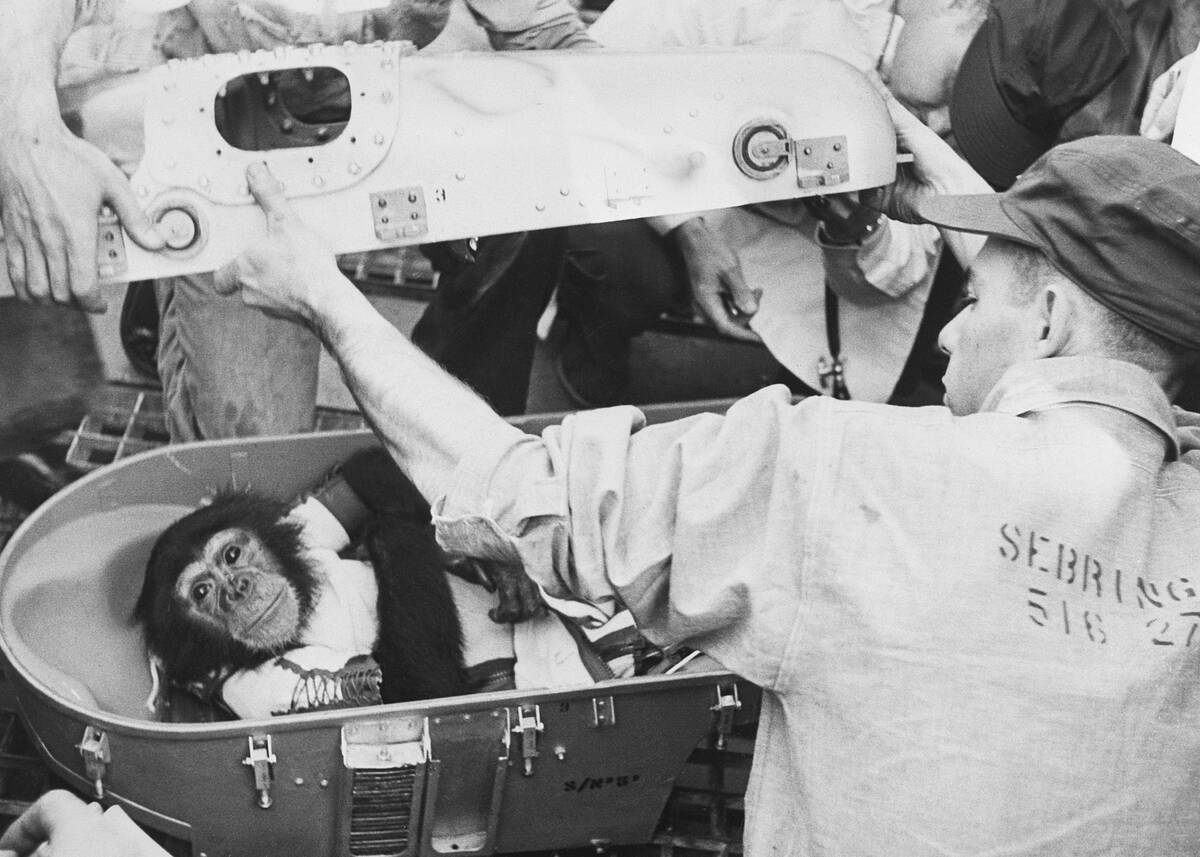
In the early 1960s, two chimpanzees, Ham and Enos, played pivotal roles in the space race. Ham became the first hominid in space in 1961, demonstrating that tasks could be performed in microgravity. Enos followed in Ham’s footsteps, completing two orbits around Earth. Both chimpanzees returned safely, proving that humans could survive and work in space. Their contributions were crucial in advancing NASA’s manned spaceflight program, ensuring the success of future missions with human astronauts.
Seabiscuit: The Racehorse That Lifted Spirits During the Great Depression
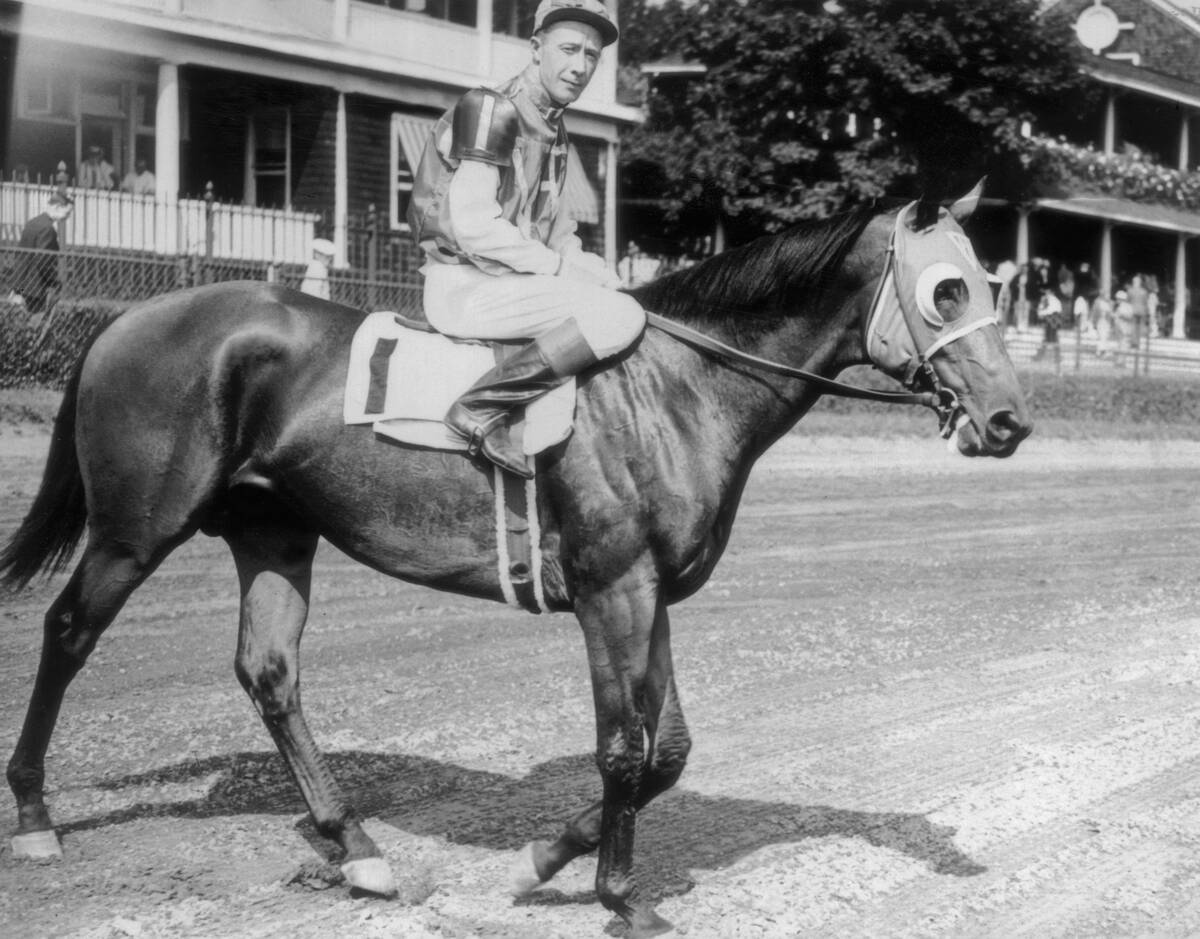
Seabiscuit, a small and unassuming thoroughbred, became a symbol of hope during the Great Depression. Despite early setbacks, he rose to fame by winning numerous races, capturing the hearts of a nation in need of inspiration. His underdog story resonated with people facing economic hardships, proving that perseverance and determination could overcome adversity. Seabiscuit’s legendary match race against War Admiral in 1938 remains one of the most famous moments in horse racing history, immortalizing him as a beloved American hero.
The Cats of Ancient Egypt: Guardians of the Pharaohs
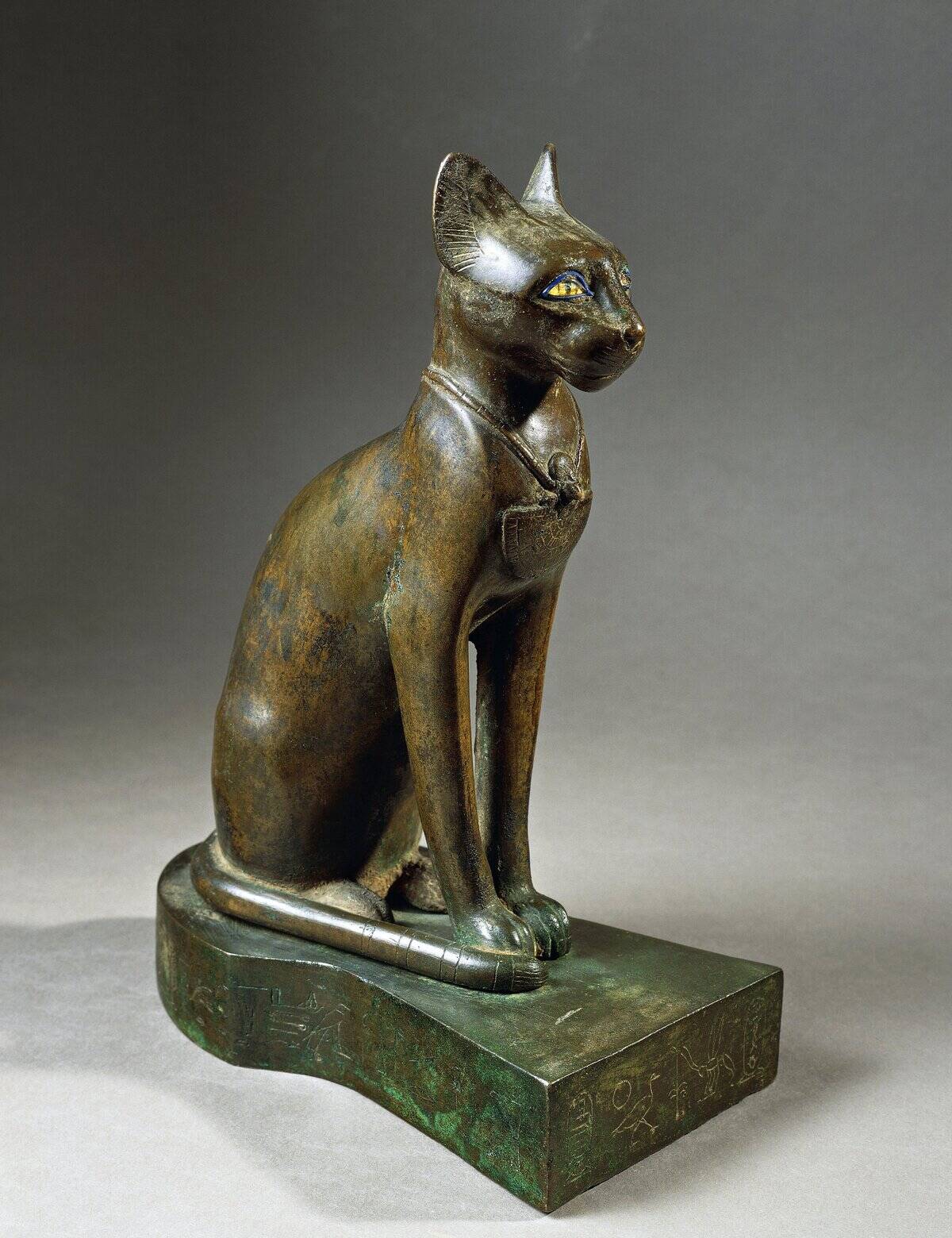
In ancient Egypt, cats were revered and worshipped as sacred animals. They were seen as protectors of homes and symbols of grace and poise. Cats were often depicted in Egyptian art and were associated with the goddess Bastet, the deity of home, fertility, and domesticity. Killing a cat, even by accident, was punishable by death, highlighting their esteemed status. These feline companions were so cherished that they were often mummified and buried with their owners to accompany them in the afterlife.
Dolly the Sheep: The Pioneer of Cloning
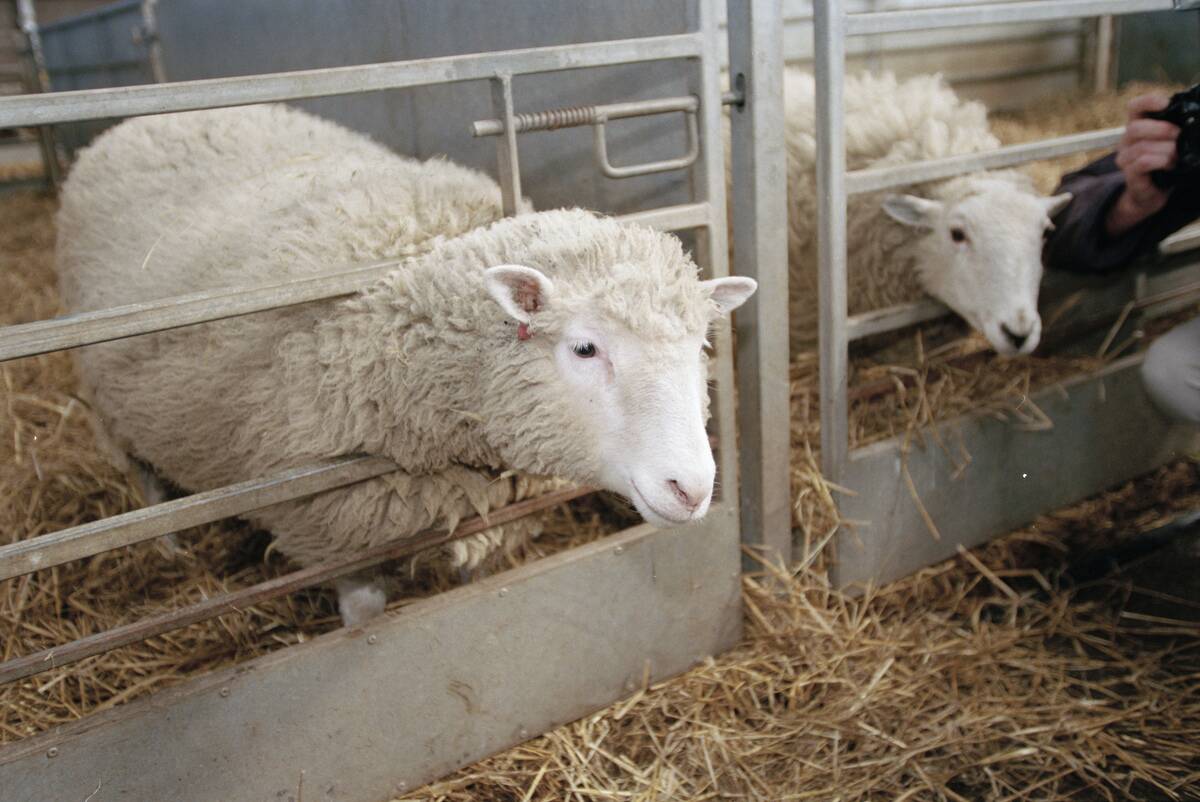
In 1996, Dolly the sheep made headlines as the first mammal to be cloned from an adult somatic cell. Her birth at the Roslin Institute in Scotland marked a significant scientific breakthrough, sparking debates on the ethics and potential of cloning technology. Dolly lived for six years, giving birth to several lambs, proving the viability of cloning as a reproductive technique. Her legacy continues to influence scientific research, opening new possibilities in fields like medicine and agriculture.
The Loyal Hachiko: A Symbol of Devotion in Japan
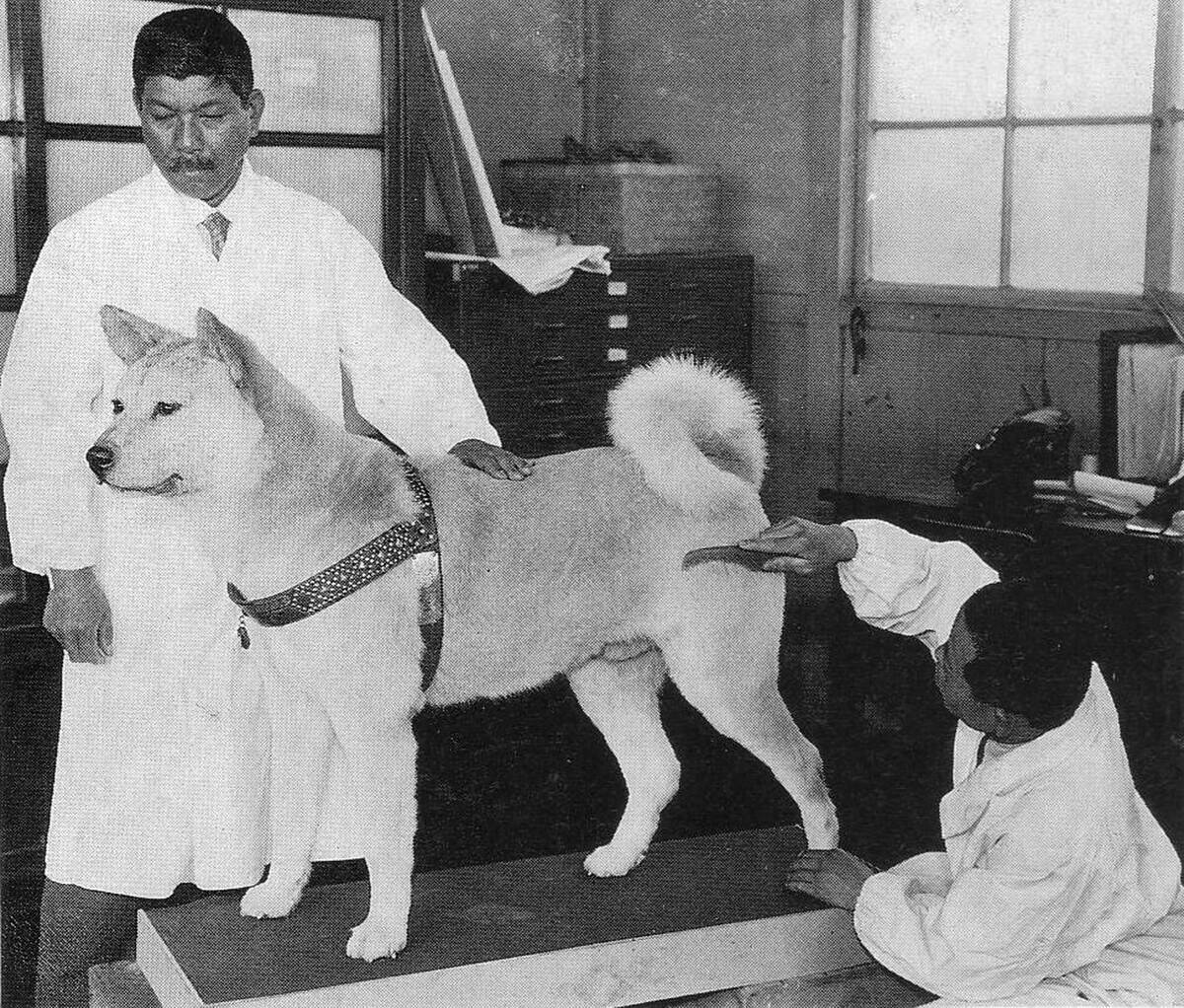
Hachiko, an Akita dog from Japan, became a symbol of unwavering loyalty and devotion. Every day for nearly a decade, Hachiko waited at Shibuya Station for his owner to return from work, even after his owner’s passing. His story touched the hearts of many, leading to a bronze statue erected in his honor at the station. Hachiko’s tale is celebrated in Japanese culture and serves as a reminder of the deep bond between humans and their canine companions.
Manfred von Richthofen’s Canine Companion: A Red Baron’s Best Friend
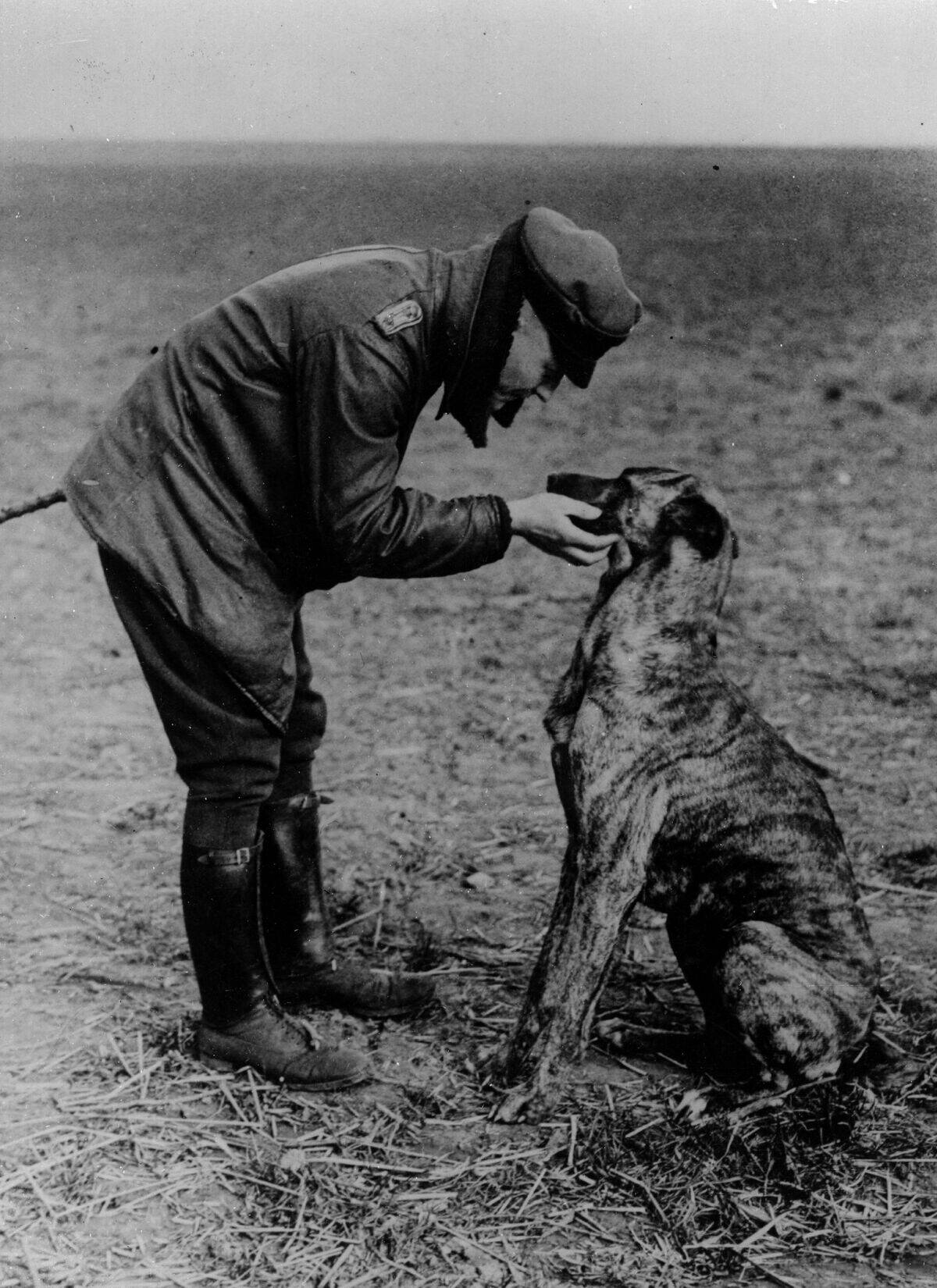
Manfred von Richthofen, famously known as the Red Baron, was not only an ace fighter pilot but also a devoted dog lover. His Great Dane, Moritz, was a constant companion during his service in World War I. Moritz’s presence provided comfort and loyalty amidst the chaos of war. The bond between the Red Baron and his canine friend highlights the enduring relationship between humans and dogs, offering companionship during even the most turbulent times in history.
The Elephants of Hannibal: Crossing the Alps
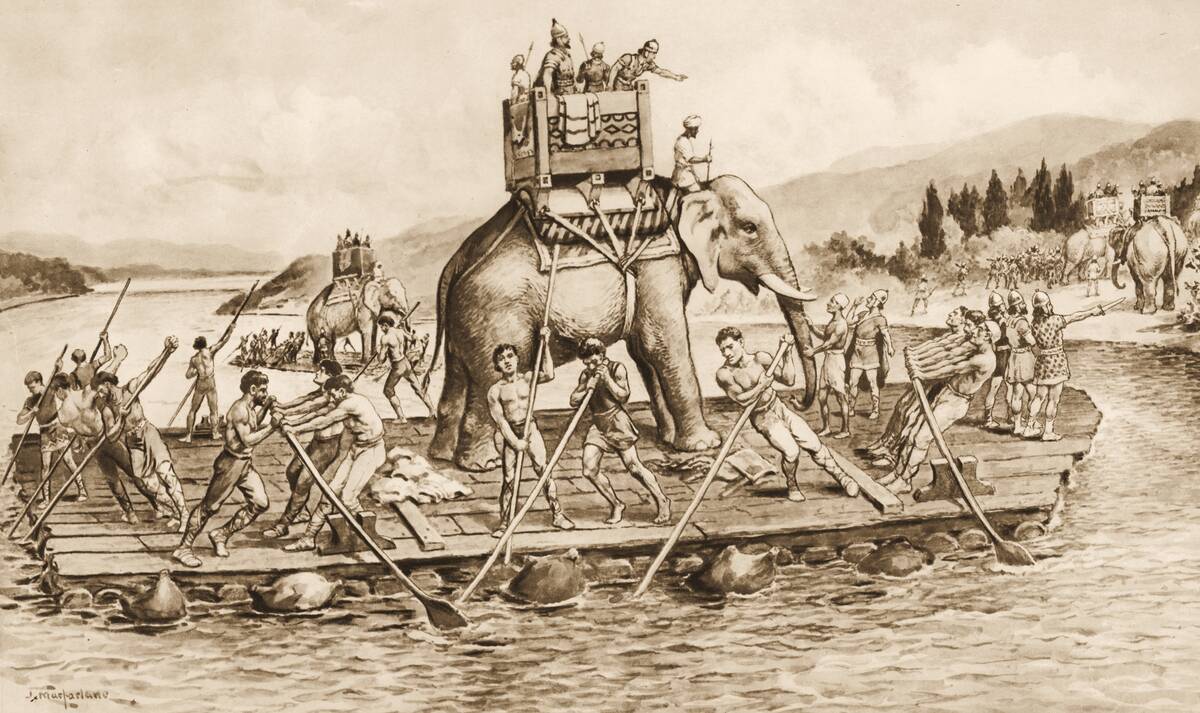
In 218 BC, the Carthaginian general Hannibal famously crossed the Alps with his army, including a contingent of war elephants. These majestic creatures played a crucial role in his campaign against Rome, serving as both transportation and instruments of war. The journey was perilous, with harsh weather and treacherous terrain, yet the elephants’ strength and endurance made it possible. Hannibal’s audacious strategy remains one of military history’s greatest feats, demonstrating the power and versatility of these ancient pachyderms.
Simon the Ship’s Cat: A WWII Naval Legend
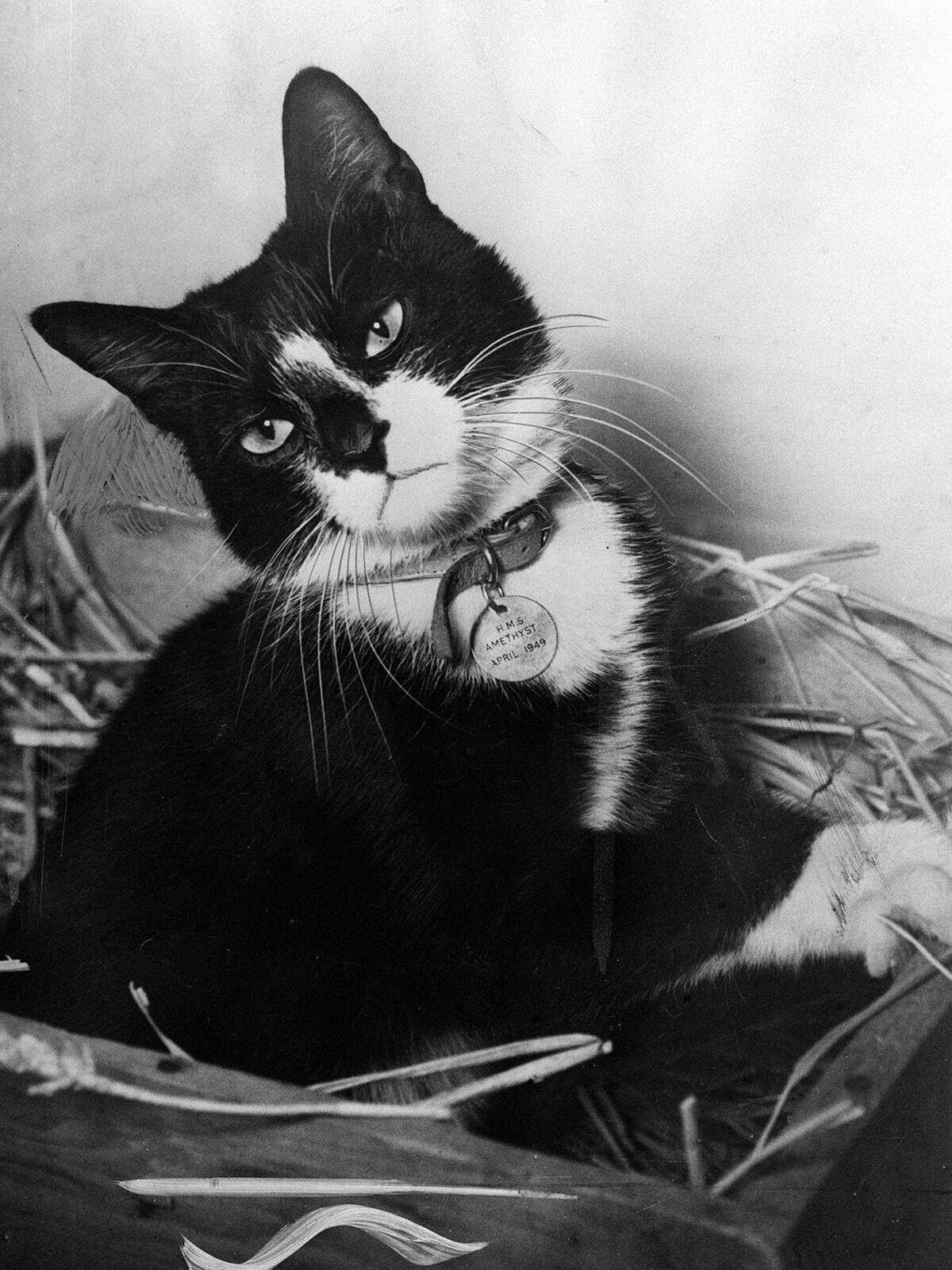
Simon, a black and white cat, became a legend aboard the HMS Amethyst during the Chinese Civil War in 1949. Surviving an attack that left him injured, Simon continued to protect the ship’s food stores from rats, boosting the crew’s morale. For his service, he was awarded the Dickin Medal, the animal equivalent of the Victoria Cross. Simon’s tale is a testament to the vital role animals have played in military history, providing companionship and support to human counterparts.



